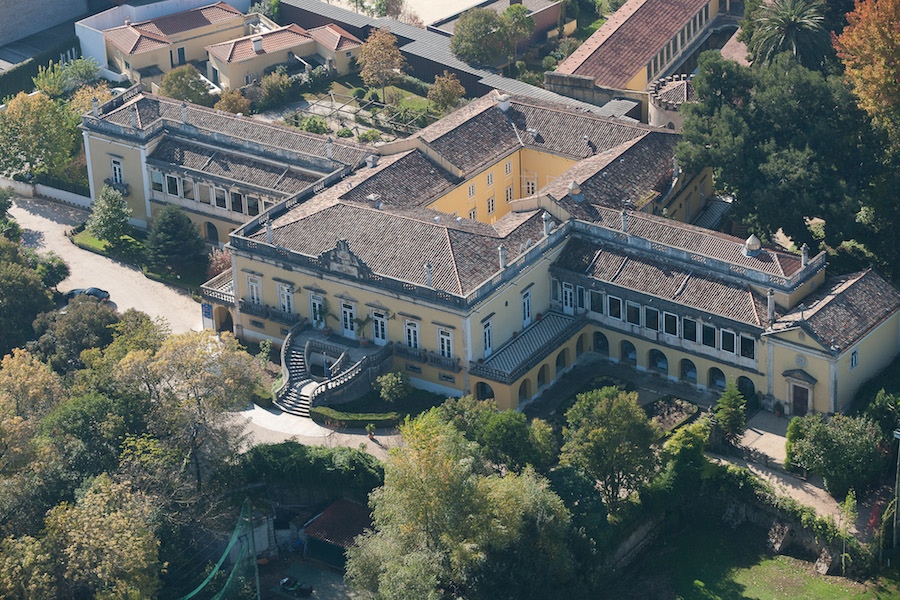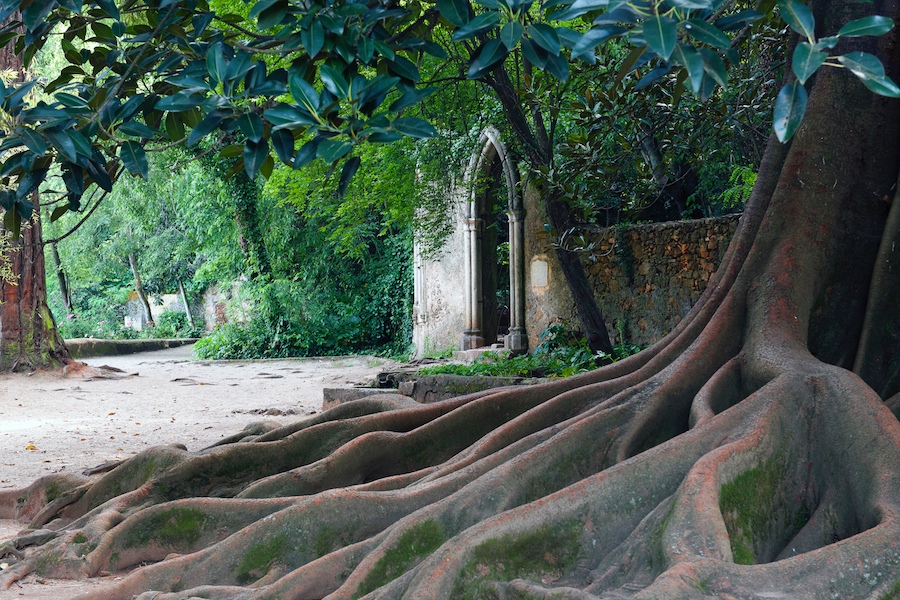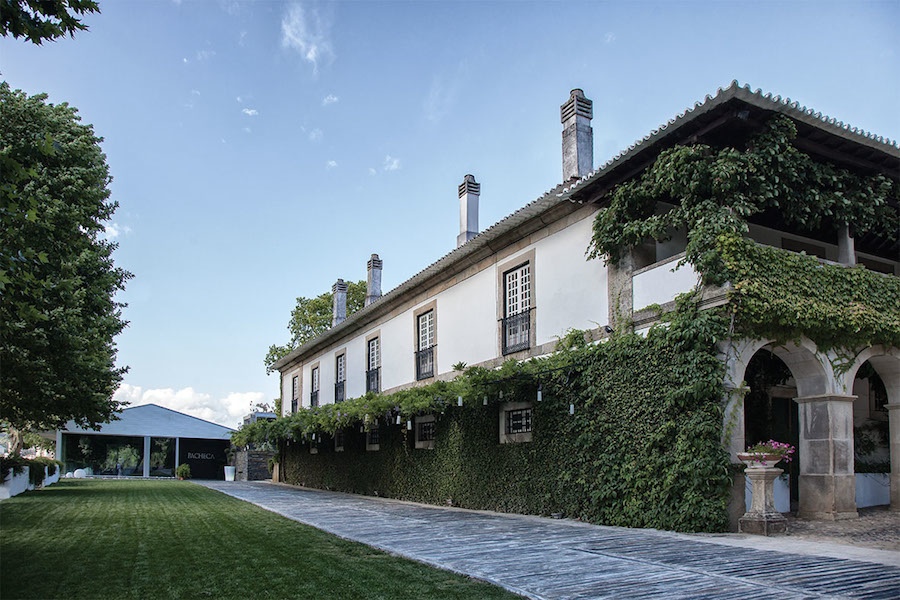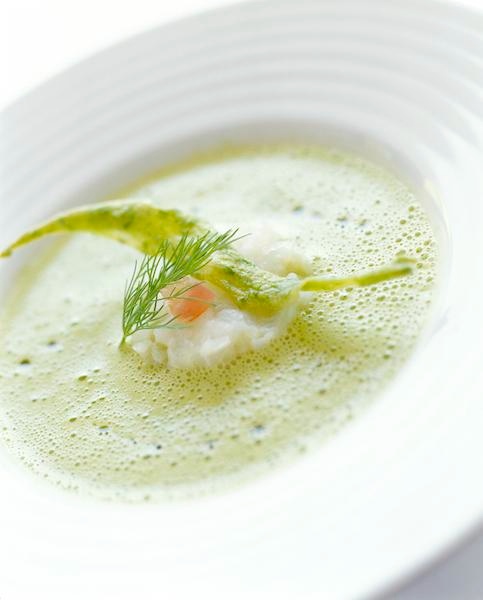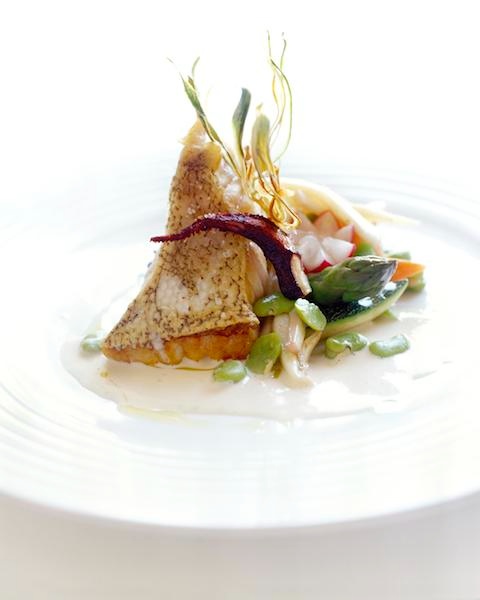Where you see the roosters crowing and the starks soaring.
After a trip to the placid coast of the Algarve for our Spring / Summer 2014 issue, editor-in-chief NoéMie Schwaller returned to Portugal with the team from ModaLisboa, Lisbon Fashion Week, and friends such as Marcel Schlutt from Kaltblut magazine, Evangelie Smyrniotaki of Styleheroine and her photographer and partner Haris Farsarakis as well as Mr. Facehunter, Yvan Rodic – basically a bunch of independent media makers like we are. When bloggers, street-style photographers, magazine owners and other crazy people come together, where do they go when travelling the land of birds?
PORTO
The country’s second biggest city has politically never been of great importance, but always bourgeois, as the capital of the kingdom. Initially a small town, Porto exploded in size during the industrial revolution, swallowing a number of surrounding towns, which led to streets with house numbers as high as 1076 that ridiculous London’s Long Acre or Zürich’s Langstrasse (long street). You’ll never be ‘just walking down the street’, especially not while the photographer finds something to picture every 20 metres. Maybe think of getting an Uber, as long as they’re still legal there.
If yearning for some easily accessible history knowledge, which especially the editors wanted to, try World of Discoveries Museum. It’s on the tacky side but does nicely explain and visualise Portugal’s conquers from Africa to Japan, as well as focusing on the practicalities and impracticalities of its trading posts in India. In case you have listened to your history teachers back in school and just want to drop your kids there and stroll along the boardwalk along the river to the Alvenida bridge, the second road crossing the river built in concrete in 1963, or to the Museu do Vinho do Porto (Portos’ Wine Museum), that’s an option too of course, as wine always is. For other museum options try the Museum of Transport and Communication or, maybe towards the end of the day, the Museo Romantico. Though for romance no museum is needed when in the middle of the world heritage buildings of Porto’s old town, with their tiles and colours, charmingly laid out in a higgledy-piggledy sort of way. Picturesque as if Instagramed. Which we all did anyway. Double filter indeed.
ARCHITECTURE
While this country of 700km length features a high variety of climates such as the desert-like Algarve to rain forests, there is more interesting architecture to marvel in the North than the South and its architecture school in Porto, where Portugal’s biggest name in the field graduated from, pleases internationally. At least that’s what we kept thinking. An architectural feature that might be disturbing the urban image but exerts a certain fascination on me are so-called ‘Brasilian houses’; a common sign created by nouveau riches, who from the 1920s onwards built what they saw while on travels abroad. In the quiet town of Aveiro you pass by astonishing art nouveau examples, and Coimbra boasts some large villa-like ones. The shifts of migration happened during the liberal fights in Portugal by immigrants from Brasil and India in the 18th century, when they lost independency from Spain in the 19th century and the change from monarchy to a republic and during dictatorship. Any unstable time brought up the same mechanism of migration, and this way Swiss roofs created for snowy weather made it to sunny seaside towns in the Algarve. But then, with the climate changes you never know; it might come in handy soon. Portugal’s churches can be quite plain from the outside, with only a few blue and white tile mosaics depicting Saints and biblical scenes, but are overwhelming once inside. Carved wood, bespeaking mastered handicraft, are covered from top to bottom in gold leaves from Brazil. It is there, where the parish of the regular Catholic Church sent for, even forced discoveries such as gold, of which it kept 10%. An astonishing example is to be seen in Aveiro, and a bigger one in Porto. Being able to understand what effort it would be to build a treasure as such now, we can only imagine the pain this splendour meant back in the days. Vera Cruz: Brazil is named land of the true cross.
CASA DA MUSICA
One of the must-see buildings is the Casa da Música concert hall built by Dutch architect Rem Koolhaas with Office for Metropolitan Architecture as part of Porto’s project for the European Capital of Culture in 2001, and functions as Porto’s landmark since finished four years late in 2005 and with costs of 100 Million Euros well spent. The site of the building used to be a holding place for the trams running in Porto and now offers the perfect wide square needed to give this overwhelming building the designed space it deserves. Casa da Música has two main auditoriums: a larger, with a capacity of 1238 people, and a smaller one, and both are stunning, while the restaurant on the top floor offers a fabulous view over the city and the birds gliding above it. Other areas of the building are not less interesting and are also used for concerts or for other musical workshops and activities. While in the area, we made sure to pass by at the Serralves Foundation, with its wonderful art exhibitions and fabulous lush gardens, the Lello Library best known for being the interior inspiration for the Harry Potter movies, have dinner at the Book Restaurant and sleep at Infante Sagres Hotel.
WINE
Now to the wine side of things. The enchanted valley Vale do Douro is the epicentre of Portuguese winemaking. Once used to produce table wine for their own consumption, and as the tradition has grown geographically, the whole area is now known for its quality produce. Here, 30% of all wine is classified B and 70%: no wonder any route is signposted advertising wine tasting opportunities. One to recommend takes place in the cooled cellar of the hotel Quinta da Pacheca, offering wines from plants so old they had not even been registered, certain only is they are a mixture of grapes. In the 17th century the hotel was already a wine production of a noble family, who produced and stayed until 2003 after selling the property as a hotel in 1903. Due to demand they’ve also started to make a no blend, single grape wine, for example a Gran Reserva. Aged in American, used oak-barrels it achieves a vanilla flavour, yet the barrels affect its taste less than its smell. Usually the women pick the fruits in the vineyards while the men carry them to the tank. The maceration process is still being done in the traditional way: with their own feet, where the body temperature helps fermenting and in this respect avoiding any addition of yeast. On the first day and for the first two hours, 15 men move standing in lines, while for the second half they move around freely, to be repeated three to four days. Fermentation, being a chemical process, kills all foot germs that may have made their way into this early-stage wine. With a production of 250’000 litres of wine a year, they campaign the quality rather the quantity. By stopping the fermentation, the Pacheca also produces Port of all four types: extra dry, dry, sweet and lagrima, red of course, but also a sweeter white one – served chilled a summer’s bestseller – and since very recently a rosé, sweet also. The ancient process of adding oxygen to achieve an amber or caramel colour for Tawny Port is still being used, as many of their labour in a traditional way: Some barrels would allow more oxygen to enter than others, depending on the wood they’re made of. With the wine, indulge, for example, with the Portuguese chorizo. As the Jewish population does not eat pork, they invented a chicken version of this spicy sausage. The locals are also known to be the biggest consumers of cod worldwide, so do expect to eat Bacalhau (cod fish) often and again, readily served with spinach and potatoes prepared in some way or another.
FADO
Moving further South we reach the city of Coimbra, best known for its university hosting the Baroque Joanina library built in the 18th century, and which for a long time was the only university in the country. Today Coimbra counts 158’000 inhabitants, of which 140’000 are students. The wine is sold especially cheaply here, and with every glass of wine we shall have music. There are two types of Portuguese guitars, the Lisbonean and the Coimbranean, especially used for playing the traditional Fado, a melancholic music full of influences from different times and places thanks to Portugal’s conquering history. Beginning in the late 20th century, it was the male students who’d play and sing in front of the houses where the girls resided. If the chosen one flashed the light of her room there times, it meant not to come up, as you might assume, but simply that she liked it. Hard work, no? At the time it was solely high-society descendants practicing the Fado, as only they would be allowed to go to university. Whether or not they also were the only ones allowed to sing for the women, I’m not aware of. During the revolution the songs became political. Nowadays its main schools are still to be found in Lisbon and Coimbra and Fado still is hardly ever played by women, though one of the most famous songs, ‘Longing for Coimbra’, interestingly has its roots in a women’s tradition: While they were away on fishing trips they sang about how much they longed for their city and thus started what became Fado – and this has been taken on for one of the most challenging songs existing. From the 1950’s dates ‘Black Cape, Black Rose’, extolling the university capes most of the students would keep for the rest of their lives. A bit like a wedding dress – worn in the one colour on one occasion it cannot be used ever again unless dyed, heavily altered or on a different person. If you got lucky, check-in at the romantic Quinta das Lagrimas Hotel.
Happy Summer Holiday and see you back in September!
NoéMie Schwaller
Instagram: @_noemies
Our tour had been organised by the wonderful Tiago da Costa Miranda, International Press & International PR Officer of Moda Lisboa. For show reports on ModaLisboa AW15 please check earlier posts.


